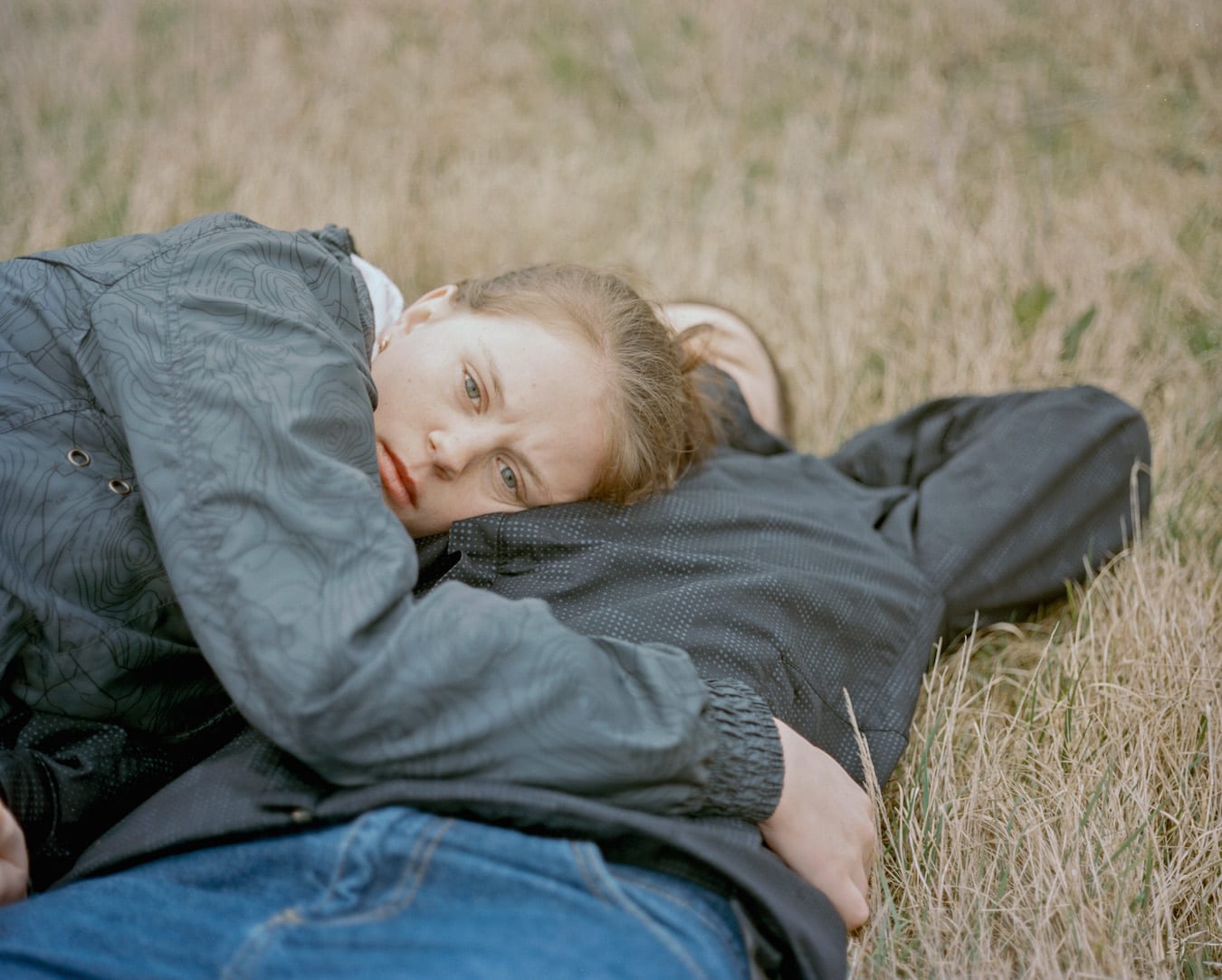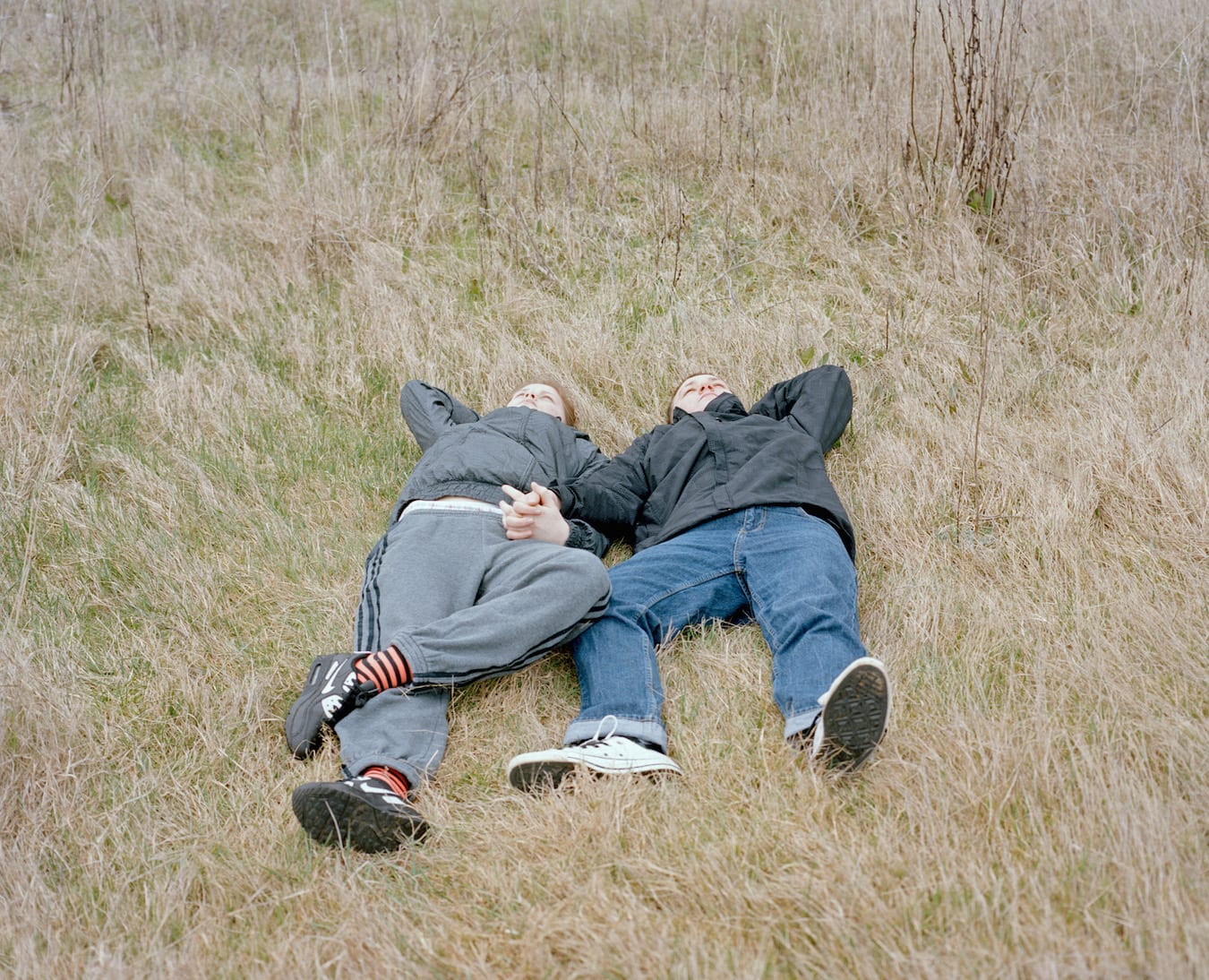A portrait series by Laura Pannack, commissioned by British Journal of Photography and supported by Affinity Photo for iPad, will explore themes of separation in the wake of Brexit. BJP is giving one photographer the opportunity to shadow Pannack during the shoot. Enter now for your chance to win!
Love is one of life’s mysteries. It is something that most can relate to and yet there is no one emotion that defines it. Love can bring elation, but it can also bring despair. For portrait photographer Laura Pannack, it is the mysterious and multifarious nature of love that draws her to the topic.
In 2012, Pannack began collating a series of portraits of teenage couples. Young Love was born out of Pannack’s wider exploration into the misrepresentation of youth and investigates how a “relationship free of worry, responsibility, experience and future plans can ultimately lead to one of fun and intimacy.”
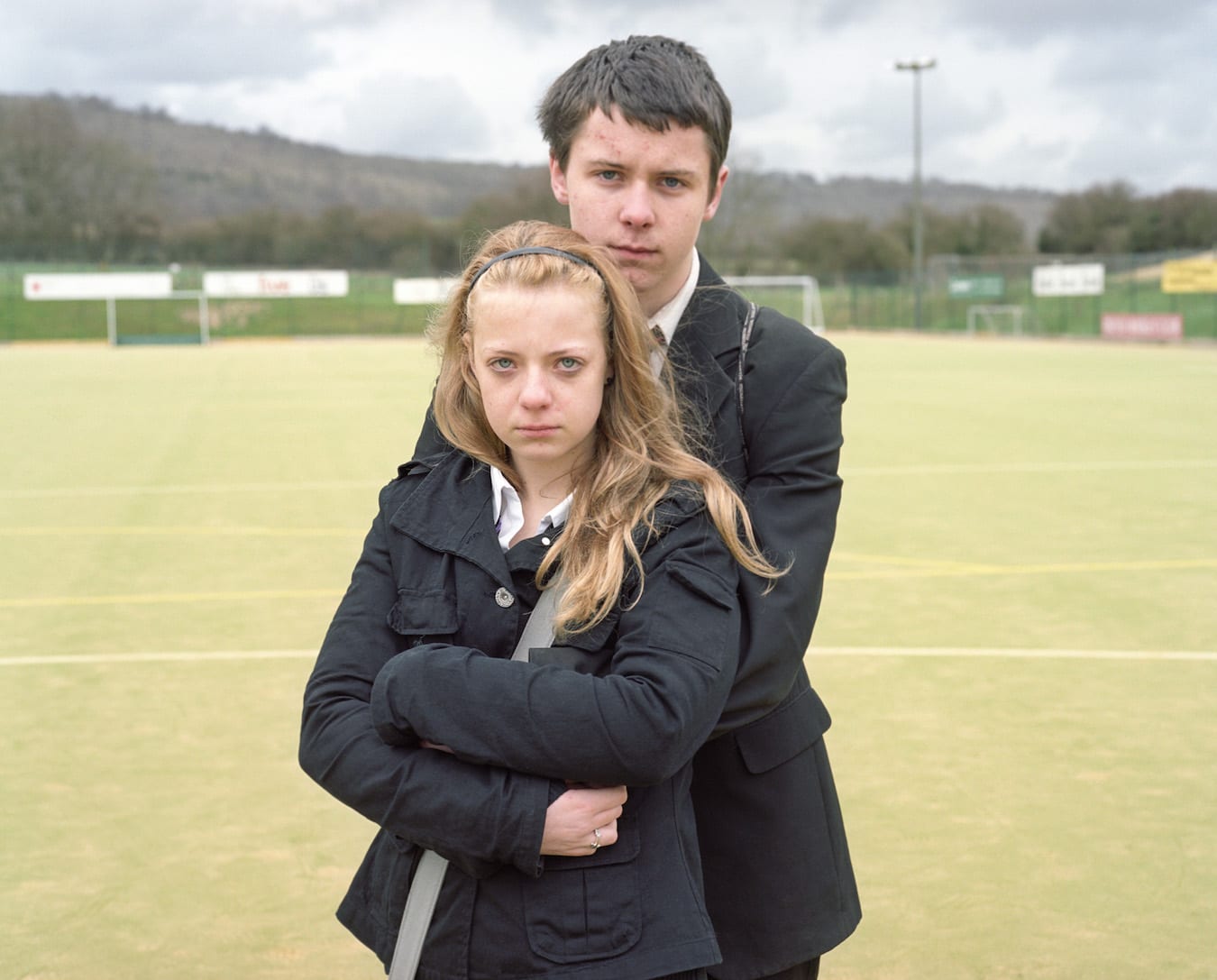
Due to be photographed almost two years since the UK’s European Union membership referendum, Separation will take a reflective stance. “As photographers, we have a responsibility for the images that we take to deliver a message,” says Pannack. “It is important to show as much as you possibly can and involve as many people as you can. At the end of the day, what we are doing is sparking conversation and having discussions. The more people that are involved in those conversations the better.”
Separation will be photographed over three days with Pannack working alongside a different group of couples on each. The portraits will be taken in three different creative districts across London and, using the Affinity Photo for iPad app, will be edited and sent to BJP’s picture desk to be published live. Affinity Photo is the only professional photo editing software available for iPad and allows creatives, like Pannack, to complete time-sensitive assignments both on-the-go and without compromise. In December 2017, Affinity Photo was named Apple’s 2017 iPad App of the Year.
BJP is giving one photographer the opportunity to shadow Pannack during the Separation shoot. The winner will also receive a portfolio review from the award-winning photographer, as well as an iPad Pro preloaded with Affinity Photo editing software.
Ahead of the commission BJP spoke to Pannack about her own relationship with love. How do you capture intimacy? How does the dynamic change when photographing couples? Why explore love in the first place?
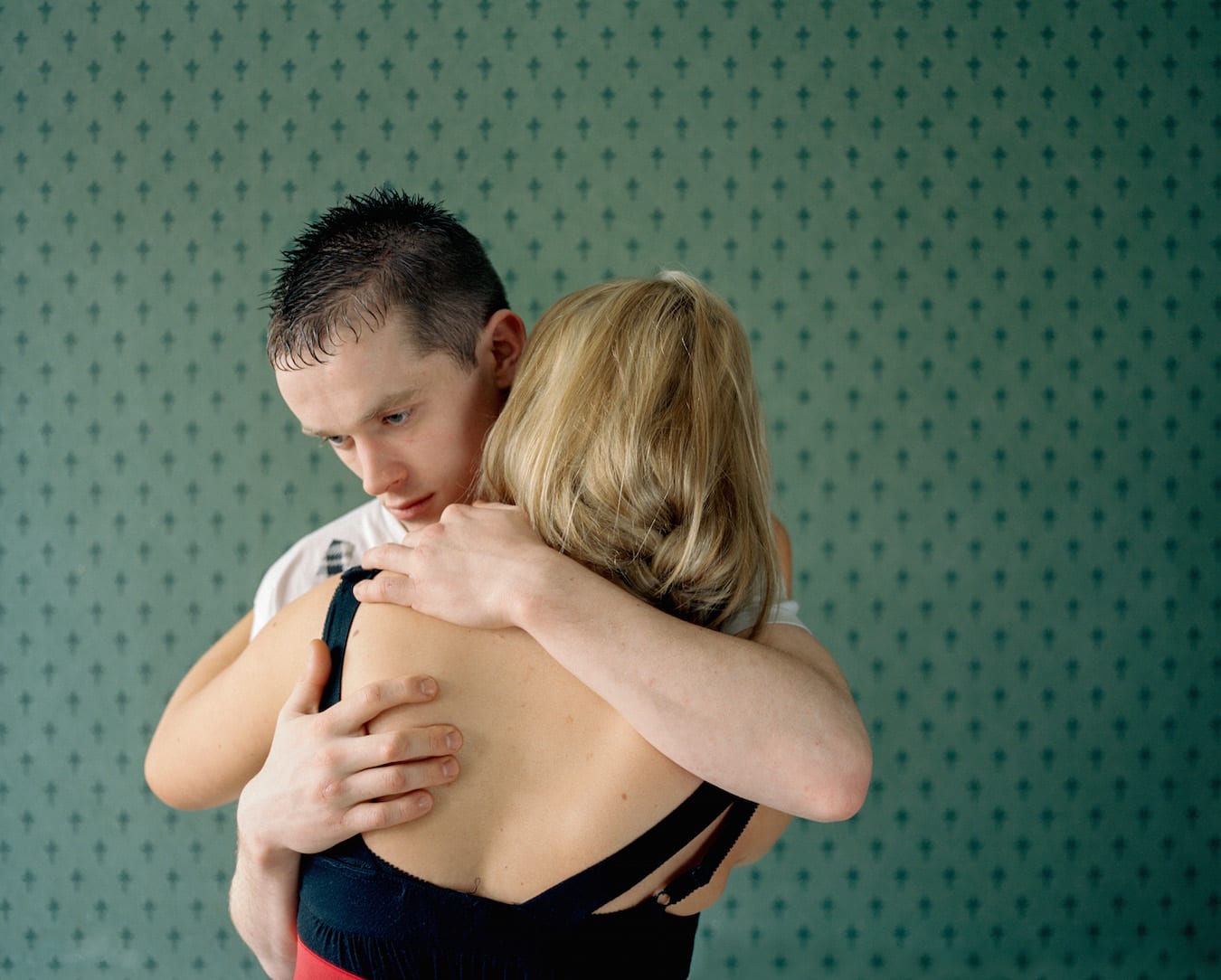
As a photographer, my first question when approaching a project is always: “Why would anyone give a shit?” Love is such a universal experience and everyone has an interesting story that relates to it; whether that be a broken heart, a strange coincidence or a long-lost love. It is really important to me that, even when the subject matter is quite specific, there is always a broader underlying theme that everyone can relate to. And everyone can relate to love.
Love and our bond with a partner is often quite private. Does that present a challenge for you as a photographer?
For me, photographing people is all about connecting. To connect with somebody there needs to be a vulnerability. When you start talking about love, people show their vulnerabilities. They start exploring a side of themselves that they may not want to talk to everyone about. There is a certain challenge in breaking through that barrier and connecting with somebody else’s vulnerability.
How did Young Love come about?
It grew out of my final year university project, which focused on youth and the misrepresentation of youth. While creating that project I noticed that a lot of young people were in couples, especially in the school playground. I went to an all-girls school so visiting mixed schools and seeing 12-year-olds pulling behind the sheds was completely fascinating. I never had that at my school. Young couples are so carefree and full of energy and charisma.
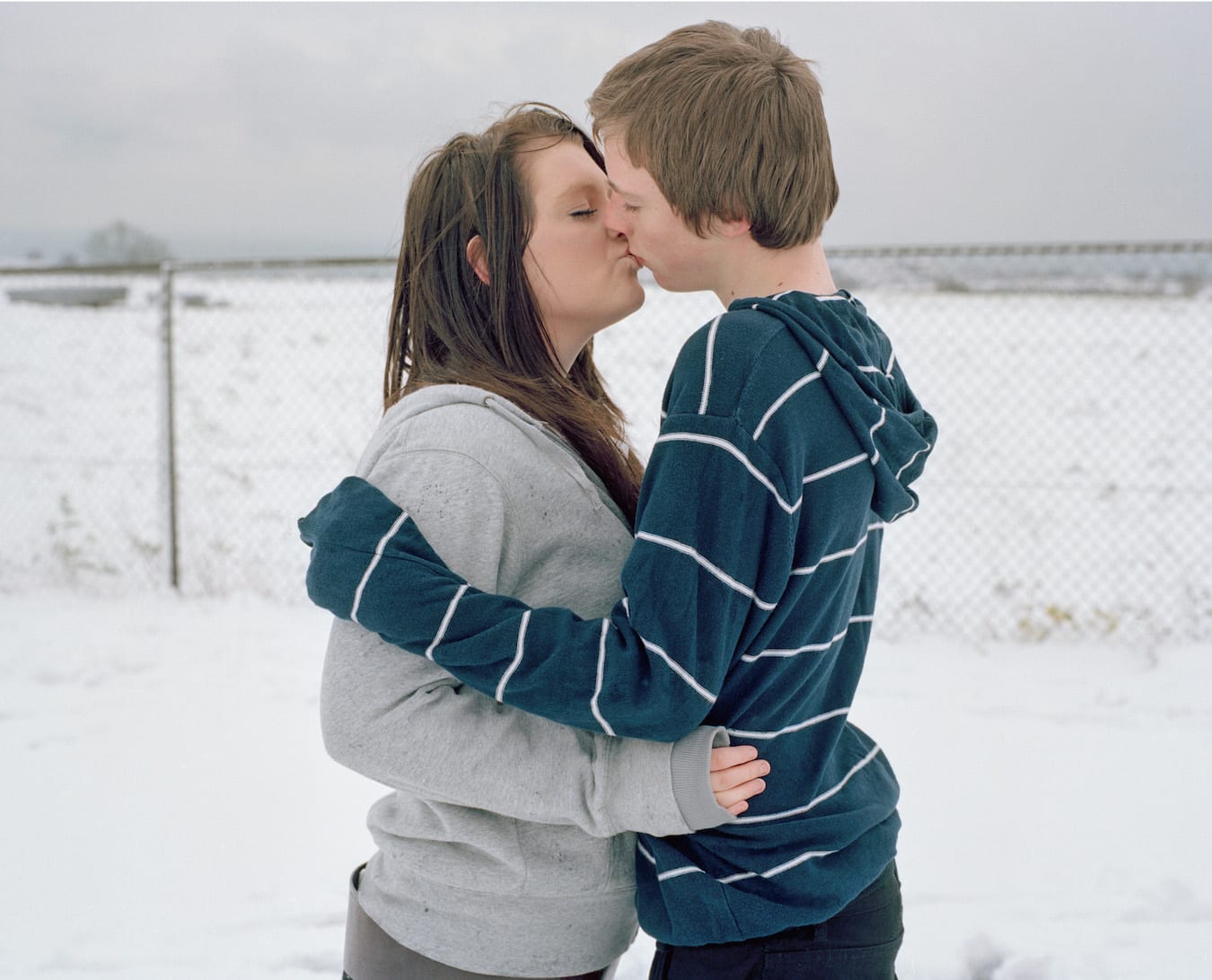
It’s important to concentrate on the relationship with the subject rather than the broader topic. Young Love was never talked about in a literal sense. The series is more about understanding young love through spending time with people – noticing couples’ mannerisms and behaviours or their topics of conversation.
There’s also an added dimension when spending time with a couple. It is not just about me and one other person; it is about me, one person and how they behave around another person. The result is often unexpected and quite unpredictable.
When photographing couples you become the outsider. How do you build a relationship with your subjects when photographing a couple?
It is similar to social interaction. When you go for a drink with somebody and it’s one-on-one, you can have a really in-depth conversation. But how do you achieve that in a group of people? The way that I do it, and the way most people do it, is to pick off one person and start speaking to that person. It’s the same when working with a couple. I just speak to one of them for a while and then I speak to the other: spending an equal amount of time with both of them, but separately.
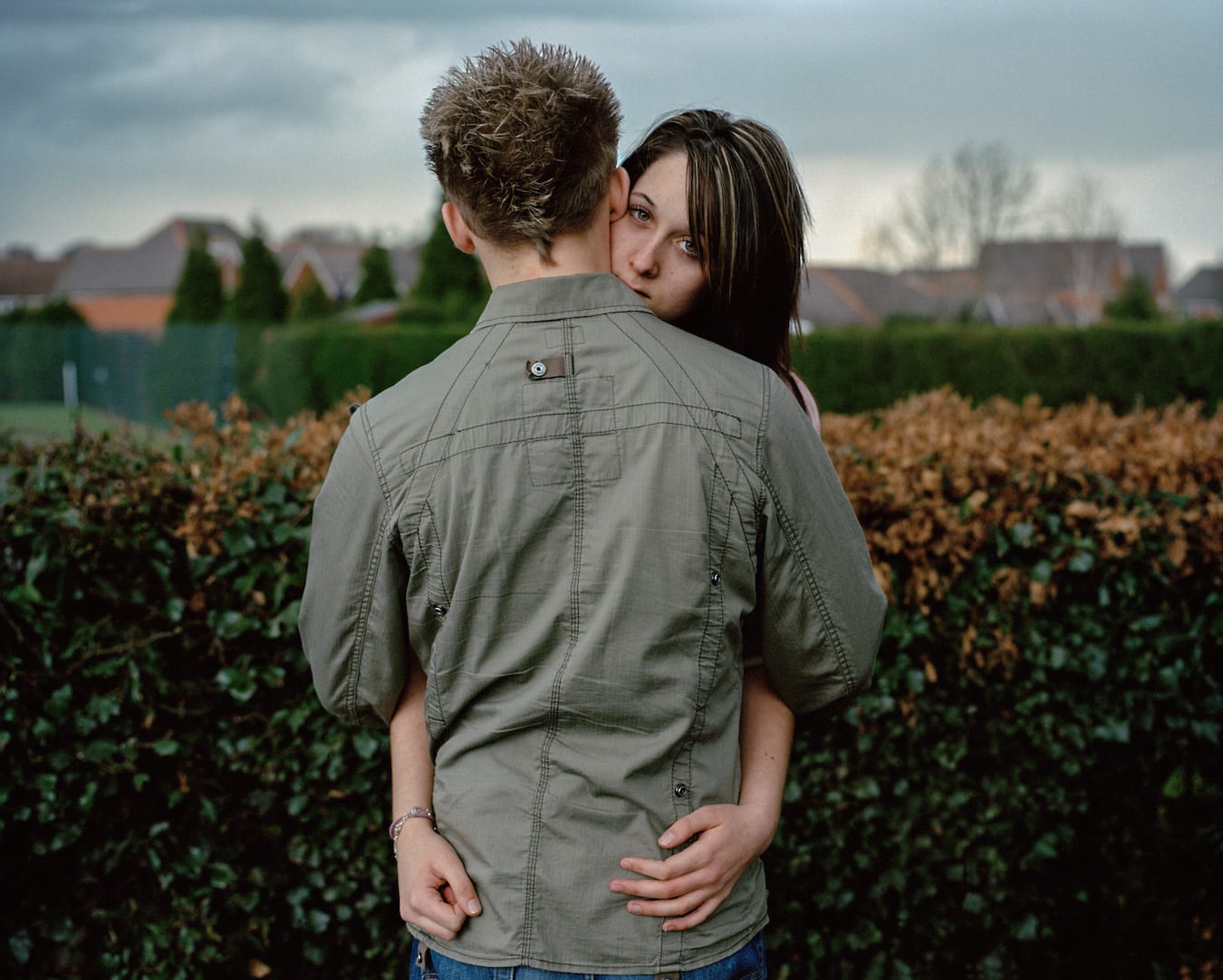
Photography, for me, is all about mystery. Ever since I started taking portraits I have been fascinated with the different identities that we have and what we choose to show people. I am also intrigued by the secrets that we all hold.
I think of most relationships as manifestations of our fantasies. We have an ideal fantasy of who our partner is and we maintain that fantasy because that is why we are in that relationship. I find it interesting how we try to control a relationship by showing or hiding things. As relationships evolve we might reveal more of ourselves, or the opposite. We tailor and control the identity or persona that we want to reveal to somebody else in order to fulfil a fantasy.
It’s interesting that you can be so close to somebody yet choose to hide an awful lot from them…
Especially at the beginning. When you are in a new relationship you think about little things – you want to appear to be the best version of yourself and someone that people will find attractive. Even as time goes on in a relationship, often that won’t change. You might let go and you might be yourself more but you will still be a version of yourself. It is all these different versions that I find interesting.
When you are photographing couples are you communicating these observations to them? How does it work on a practical level?
On a practical level it is about forgetting that the camera is there and concentrating on the moment. That said, I could be mid-conversation and the light changes and so suddenly I will be telling the subject to move into the light. It is about striking that balance: you know that you are there for a reason, but you are also having an interesting conversation and you want to treat somebody with decency, politeness and respect. It is about getting somebody to relax enough so that they forget they are having their picture taken but also having the ability to jump back in when you need to.
Learn from a pro! Enter now for your chance shadow Laura Pannack on the Separation photo shoot.
